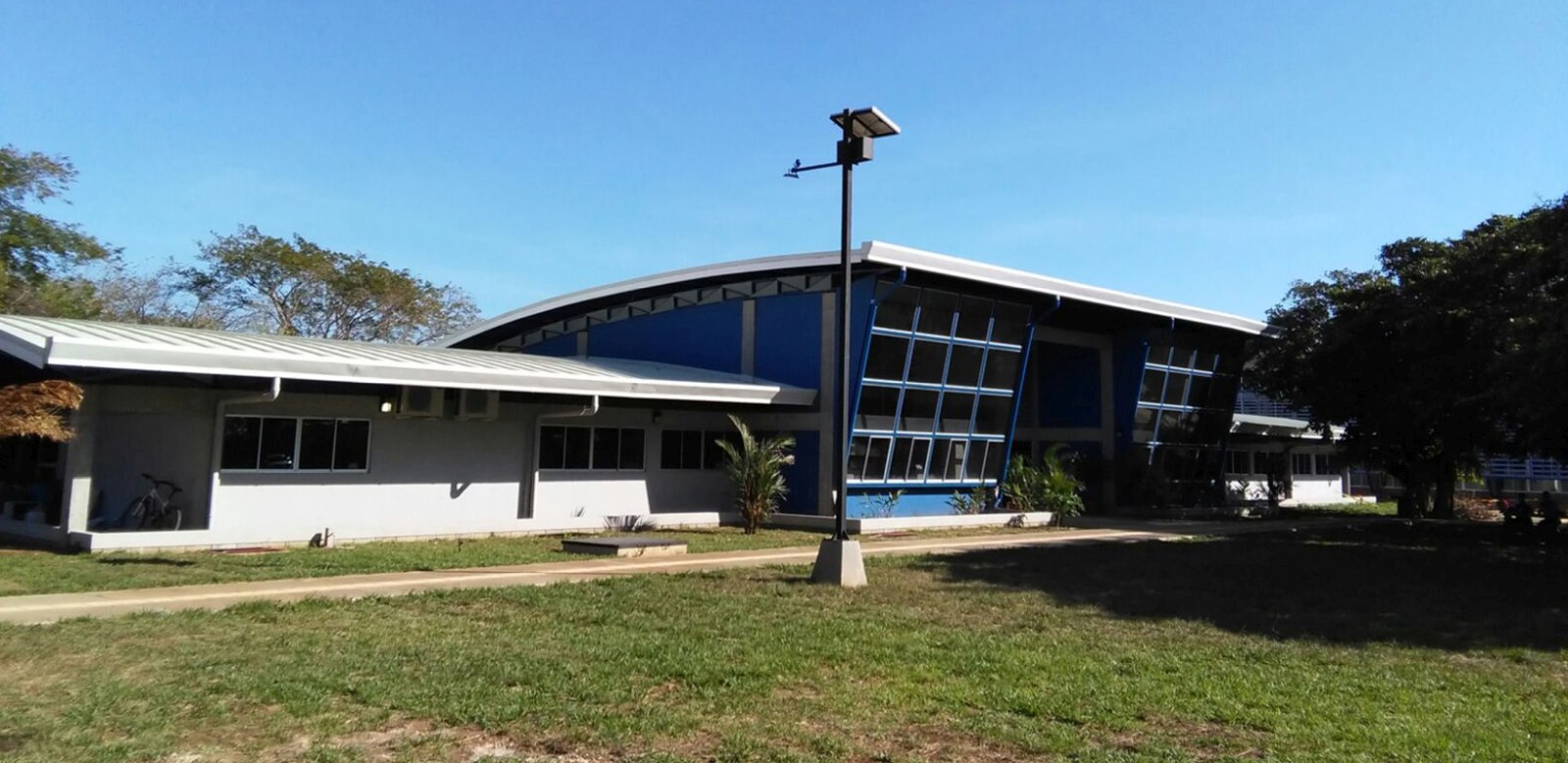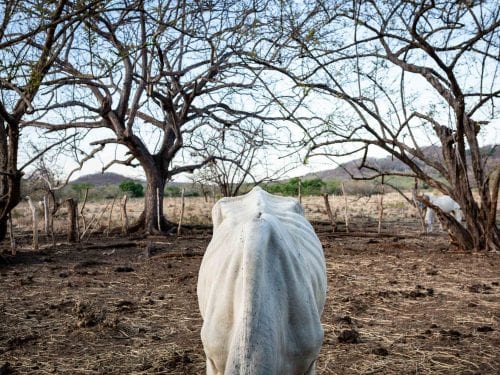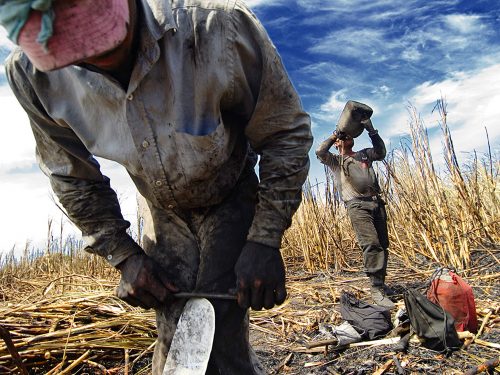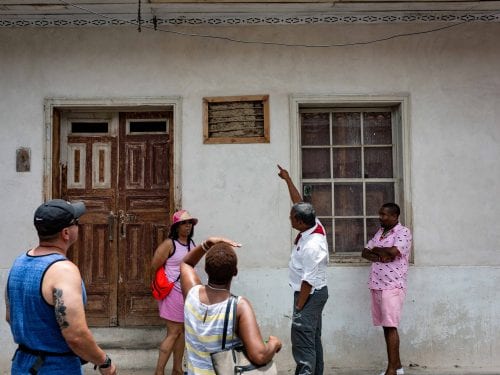
Sugarcane not only covers more ground, but it’s also become an activity with high levels of productivity, meaning that producers get more sugarcane form the same space.
In 1984, one hectare of land produced an average of 60 tons of sugarcane; in 2014, the average hectare produced 71 tons.
“The increase in output is the result of the incorporation of irrigation, fertilization, determining harvest time to maximize output, and the introduction of new kinds [of sugarcane] with tolerance to diseases and better yields,” says a document written by the UCR researcher Nelson Arroyo, who analyzes the history and productivity of crops around the country.
Producing more, then, opened up the possibility of diversification. Now not only do they produce the raw material, but they also thought up other ways to take advantage of the product.
For example, LAICA began producing liquid sugar for food and beverage companies, according to Jonathan Castro, a specialists at the Institute of Inter-American Cooperation in Agriculture (IICA). Planting organic sugar and generating electricity from sugarcane’s husks are other examples of how the sector has diversified.
But, are there any consequences? Producing sugarcane has some inherent risks.
Castro feels that any activity that takes place in the ecosystem is going to have an impact, and sugarcane is no exception.
“The use of fungicides, insecticides and namatocides on sugarcane is low or not at all. As such, toxic residues in the soil or water sources is an extremely low risk with respect to other, more intensive activities,” said Castro.
But if it’s not a problem for the earth, it can become a problem for the health of the human beings who work in the sugarcane fields: exposure to high temperatures and long workdays are linked to eventual kidney problems.
Along these same lines, the use of plaguicides, although on a lesser scale than other crops, also affects workers’ health. Research, however, is still being developed in this area.
Read: Renal disease in Guanacaste: Experts say herbicides should be investigated
Controlled burns, which affect the soil and environment, are another consequence linked to the crop. There is already a national decree that regulates this method, but respecting the decree is in the hands of each farmer.
Using water that comes from concessions on the Tempisque River is also in each farmer’s hands, and each one must decide if he or she will waste it on flood irrigation or use a more efficient method, such as drip irrigation.
Read: Yamileth Astorga: “Drip irrigation in Guanacaste is the mist efficient kind”







Comments